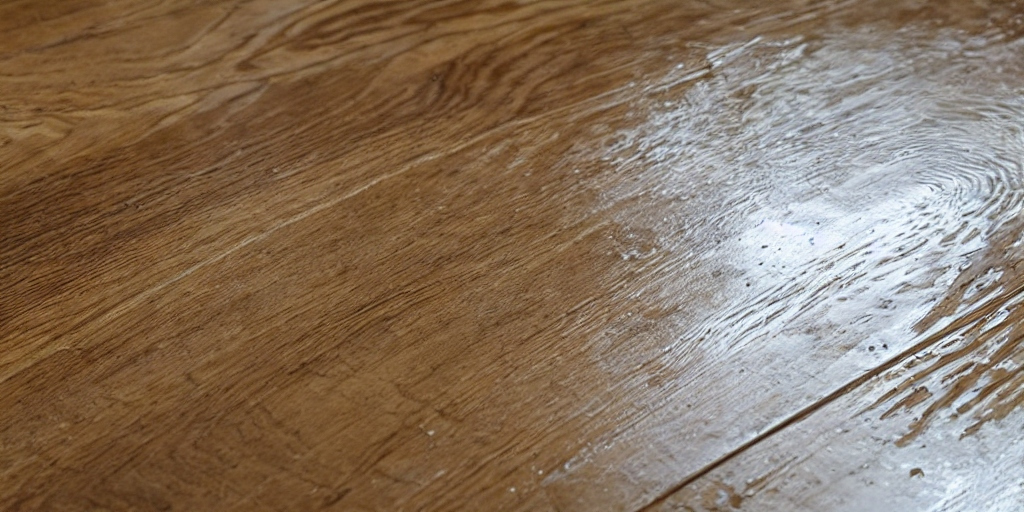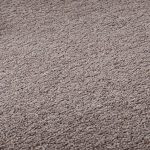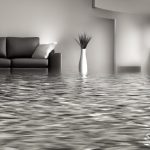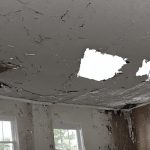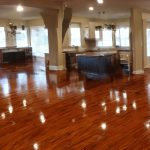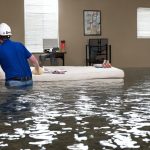Introduction
Wood furniture adds warmth and character to any space, but when exposed to water for prolonged periods, it becomes vulnerable to damage. In this comprehensive guide, we delve into the ins and outs of wood water damage: its causes, prevention methods, and steps for repair. Whether it’s a cherished heirloom or a modern piece, knowing how to safeguard and restore wood furniture is essential for preserving its beauty and functionality.
Causes of Wood Water Damage
Water damage to wood furniture can occur due to various factors, ranging from minor spills to major incidents like flooding or burst pipes. Most furniture can withstand brief exposure to water, but prolonged moisture contact poses significant risks. When wood remains damp, it creates an ideal environment for mold, fungi, and even termite infestation. These not only compromise the structural integrity of the furniture but also pose health hazards to occupants.
Understanding the Impact of Water on Wood
Wood is a porous material, susceptible to swelling and warping when exposed to moisture. When the moisture content of wood reaches around 20%, the process of decay begins. Fungi thrive on the cellulose within wood, gradually breaking it down and causing rot. However, the onset of damage is not immediate, providing a window of opportunity for intervention.

Also Read: Reviving Properties: Water Damage Restoration Phoenix
Preventing Wood Rot
Prevention is key to avoiding wood rot and water damage. By taking proactive measures, homeowners can safeguard their wooden furniture and structures. Promptly removing surface water, scrubbing affected areas, and ensuring thorough drying are crucial steps. Additionally, addressing mold growth and replacing damaged laminate can help mitigate the risks of wood rot.
How to Fix Water Damaged Wood Furniture
Despite the potential for damage, water-damaged wood furniture can often be salvaged with the right approach. Before resorting to costly replacements, consider repairing the furniture yourself. With a few simple steps and basic supplies, you can restore swollen wood, remove water stains, and reinforce loose joints.
Using an Iron for Swollen Wood
One effective method for addressing swollen wood is using an iron. By placing a wet rag over the affected area and applying low heat with an iron, you can gradually reduce swelling. Repeat the process as needed until the wood surface is even and free from stains.
Sanding and Refinishing
For more extensive water damage, sanding and refinishing may be necessary. Begin by sanding away the damaged layers, ensuring a smooth and even surface. Apply a protective oil finish to seal the wood and prevent future water damage.
Repairing Loose Joints
Loose joints are a common issue in water-damaged furniture. To address this, remove old glue, apply wood glue to the joints, and secure them with clamps or braces. Epoxy wood glue is recommended for hard-to-glue sections or delicate components.
Preventing Future Water Damage
Once repairs are complete, take proactive steps to prevent future water damage. Waterproofing wood furniture with oil finishes or sealants creates a protective barrier against moisture. Additionally, consider relocating furniture to drier areas and maintaining proper ventilation to reduce humidity levels.

DIY vs. Hiring a Pro
While minor water damage repairs can be tackled as DIY projects, extensive damage may require professional intervention. Assess the scope of the damage and your own skill level before deciding whether to proceed independently or seek professional assistance.
Also Read: Restoring Peace: Water Damage Restoration in St. Petersburg
Conclusion
Wood water damage poses significant challenges but with proper understanding and timely intervention, it can be mitigated. By implementing preventive measures and utilizing repair techniques, homeowners can preserve the beauty and functionality of their wood furniture for years to come. Remember, prompt action is key to minimizing the impact of water damage and ensuring the longevity of your cherished wooden pieces.
